It was the Romans who founded an important civilian settlement here shortly after the invasion of AD43, Londinium. The capital of Britannia was founded at Colchester, because the Romans believed this to be the capital of the country before they arrived - it was common Roman practice to take over the capital as a show of force. Londinium was destroyed by Boudica and the Iceni shortly after its establishment, but the Romans didn't give up and restored the settlement, so that by the second century it had grown to the extent that it replaced Colchester as the capital. At this time, the Wall was constructed around the settlement.
Following the Roman retreat in the fifth century, London was incorporated into Middlesex, then in the seventh century into the Kingdom of Essex, when the first post-Roman Christian Bishop arrived, Mellitus, and established the first St Paul's Cathedral. Sacked twice in Viking raids in 842 and again in 851, London came under the Kingdom of Mercia following its capture by Alfred the Great in 886. Absorbed into the greater Kingdom of Wessex early in the tenth century, it competed with the traditional capital of Winchester for political importance, but it wasn't until Edward the Confessor spent most of his time at Westminster that London began to be recognised more formally as the capital.
It was Edward the Confessor that founded Westminster Abbey, above, and the Palace of Westminster, the modern Houses of Parliament. The Abbey has the distinction of having held the coronation of every crowned monarch of England since that of William the Conqueror in 1066, in a coronation ceremony that dates back to Saxon times and King Offa.
The Abbey as it stands today is largely the work of Henry III, though it was extended again in the fifteenth century, and the two west towers were added by Christopher Wren in the eighteenth century.
The Benedictine monastery that originally stood here was the second-wealthiest in Britain, after Glastonbury, which allowed it to stay open until the very last stages of the Dissolution, though was almost immediately re-established as a Cathedral of the new Church of England.
^ the chapter house ceiling.
The Chapter House has some excellently-preserved medieval floor-tiles, having been covered by a wooden floor until the nineteenth century:
Being such an important church to the monarchy, it houses many royal burials, including Henry VII and Elizabeth I. It also held the royal treasury in the Pyx Chamber, one of the most secure treasuries in England. The Pyx is a wooden strongbox that holds the standard for coins, against which all newly-minted coins are compared at the Trial of the Pyx, conducted once every three months during the medieval period, but now is held annually whenever the Royal Mint issues new coins.
The Abbey is a Royal Peculiar, rather than subject to any bishop, and presided over by a dean.
The Abbey is tremendously decorated, often quite stunning at times. For example, the quire, the nave, and the lady chapel. Marvellous stuff!!
The Palace of Westminster, just across the road behind the Abbey, was originally built by Edward the Confessor as I've said, close to the Abbey that he wished to be his burial place. It was both the royal palace and the seat of the parliament, the principal residence of the King of England until Henry VIII moved slightly up the road to Whitehall Palace.
The building today, however, is a Victorian creation. On the night of October 16, 1834, the palace caught fire, destorying almost the entirety of the old palace. A competition was held for the design of the new palace, which was to be built in either Elizabethan or Gothic style, styles that were intended to evoke a strong sense of Britishness.
The resulting palace was the work of Sir Charles Barry and Augustus Pugin, the latter a leading figure in the Gothic Revival that was sweeping the country. Pugin in particular was quite the fanatic, and the two fell out because of the balance in the river front that, he felt, denoted a Classical look.
^ the Victoria Tower, the monarch's ceremonial entrance into the palace.
The Clock Tower, containing the famous bell Big Ben, is said to be the most-photographed clock in the country:
The only parts of the building to survive the fire were Westminster Hall, and the Jewel Tower.
^ Westminster Hall, on the left, with the great south window.
^ the Jewel Tower is the stone structure to the mid-right of the picture.
The Jewel Tower shows what the old palace would have looked like, built in white 'Kentish rag'. It was used by Edward III as a personal treasury, hence its name. It was used in this way until 1621, when it became the Parliamentary records office.
The records were removed to the Victoria Tower once the parliament building was complete, and in 1869 it became the office for weights and measures.
Across the water is Lambeth Palace, the official London residence of the Archbishop of Canterbury.
I quite like the look of this place. The Tudor gatehouse, Morton's Tower, above, is reminiscent of Hampton Court, which I also like very much.
Just to the left of the bust in the photo above is a niche that once held a statue of St Thomas Becket, which was removed by Henry VIII.
Getting back to Parliament, and further up Whitehall we have Horseguard's Parade, the former tiltyard of Whitehall Palace.
This is where they go trooping the colour to celebrate the monarch's birthday each year. A little further up are the Admiralty buildings, now used as government offices, and Admiralty Arch, between Trafalgar Square and The Mall:
The Mall runs straight down to Buckingham Palace, the official residence of the British monarchy since 1837:
The palace was constructed as Buckingham House in 1703, for the Duke of Buckingham, and acquired by George III in 1761 for his wife Queen Charlotte, for the sum of £21,000 (roughly £3m in today's money). At this time, St James' Palace was still the official residence of the monarchy (Whitehall having burned down in 1698):
St James' Palace was built by Henry VIII on the site of a former leper hospital. After being partially destroyed by fire in 1809, the palace began to decline in importance until Queen Victoria formalized the move to Buckingham Palace. Onwards! The Canada Gates opposite Buckingham Palace, installed in 1911 as part of a memorial to Queen Victoria, who had died in 1901.
The Gates are at the entry to Green Park, along which runs Constitution Hill, running up to Apsley House and Pall Mall:
Apsley House, also known as Number One, London, was the house of the Duke of Wellington. Now a museum to the famous Duke, it stands across the road to the Wellington Arch:
The Arch, designed by Decimus Burton as a triumphal entry to Green Park in celebration of the Duke's victory at Waterloo in 1815. It was intended as part of a grand processional entrance to Buckingham Palace, which George IV was having refurbished also at this time, but was moved slightly when Piccadilly was widened in 1880, so that the arch now looks down Constitution Hill. The house is on the corner of Hyde Park, the opposite end of Park Lane to Marble Arch:
This arch was also part of the redesign scheme, originally a celebratory arch at the entrance of Buckingham Palace. It was moved to Hyde Park in 1850, on the site of the old Tyburn gallows, a famous site for public executions from the middle ages until the late eighteenth century.
Down Knightsbridge, we come to Kensington, and 'Albertopolis'. The Royal Albert Hall, opened in 1871 by Queen Victoria in memorial to her dead husband Albert, the Prince Consort, who had died in 1861, is the centre of a number of buildings originally planned by him as a permanent fixture following the Great Exhibition of 1851.
Since 1941, the Proms have been held here, following the destruction of Queen's Hall during the war. The Royal Albert Hall itself did not suffer too badly in the war, as it was apparently used by the German bombers as a landmark.
Across the road in Kensington Gardens is the Albert Memorial, above. Designed by Sir George Gilbert Scott (the church restorer mentioned in previous blogs), it was opened in 1872, with the statue of Albert himself installed in 1875.
Among the other institutions in the area, the Natural History Museum is my personal favourite, being quite the stunning building.
Back to the centre!
At the other end of Piccadilly is Piccadilly Circus, above. Continuing on down Shaftesbury Avenue, you'll get to the British Museum, which has lots of interesting stuff!
Lots of good stuff! Including the Rosetta Stone, the Nebomun Wall Paintings, and all the other immensely good statuary, there is a lot of British stuff, including the Mold Cape and the Sutton Hoo horde:
Also found here are the famous Elgin Marbles, originally part of the Parthenon in Athens. They were removed in the early nineteenth century by the 7th Earl of Elgin when he was serving as British Ambassador to the Ottoman Empire. The removal has been controversial ever since he did it, with many calling it vandalism and looting.
Magnificent! Well worth a visit, I must say.
^ the Royal Opera House, Covent Garden.
I shall take you now out of Westminster and into the City of London. The Cathedral of the City, St Paul's, mentioned a whiles back as being founded back when Mellitus was brought to be Bishop of London.
The present construction dates to the late seventeenth century, following the Great Fire of London. Built by Sir Christopher Wren in the Baroque style, it went through five different plans before finally the construction began in 1675, and was inaugurated in 1697.
The Cathedral is crowned by a dome, finally added in 1708 when the Cathedral was finally consecrated. Apparently, the total cost of the Cathedral came to £1,095, 556 (£147m in today's money). It is quite stunning, though.
Just north of the Cathedral is Temple Bar, the original gateway between The Strand (Westminster) and Fleet Street (City of London), but due to road-widening (again!) it was dismantled in 1878, before being bought and rebuilt by a brewer in Theobalds Park, Hertfordshire. It was brought back to the city in 2003 and re-erected and restored.
From here, we continue further east, and one of the most important structures in the capital.
The Tower of London was built by William the Conqueror late in 1066, with the White Tower being built in 1078.
It is difficult to see now, of course, but when it was built this was quite possibly the most fearsome building ever built in England. Built in stone in the middle of a settlement largely made up of single-storey timber buildings, it is a dominating presence that speaks volumes of the Norman intent in Britain.
This fearsome reputation has continued throughout its thousand-year history, despite the fact that it was originally a royal palace and not a prison. It has also served as an armoury, the Royal Mint (as mentioned in the Chester blog), and the home of the Crown Jewels. It has been continually refortified under successive medieval monarchs as a show of just how important a castle it was.
Despite the infamous notoriety of the Tower, only seven executions were ever carried out within the actual walls. A near-impregnable fortress, it was used to imprison the more important people, including several royals - Richard II was held here before being taken to Pontefract Castle (where he was killed), and Henry VI was held here before being murdered in 1471. Two of the most famous prisoners were Edward V and his brother Richard of Shrewsbury, the Princes in the Tower, were kept here and apparently murdered by their uncle, Richard of Gloucester (later Richard III) - though I must admit, I don't really agree with this! Personally, I believe it more likely they were killed by the Duke of Buckingham, trying to find favour with Richard.
Anne Boleyn and Catherine Howard were both executed on Tower Green, above.
The famous Traitor's Gate, above, was originally just the sally port installed by Edward I, but gained a notoriety for being the way into the Tower for, well, traitors during the Tudor period. The route by water along the Thames was particularly gruesome, as prisoners were taken under London Bridge, whereupon the heads of executed prisoners were displayed on spikes.
The remains of the Wardrobe Tower, demolished in the nineteenth century to improve the view of the White Tower, show a Roman bastion from the remains of Londinium:
And so we have come almost full-circle! There is of course so much more of historic London to be seen than this short survey has shown. I can highly recommend a trip to this wonderful city!
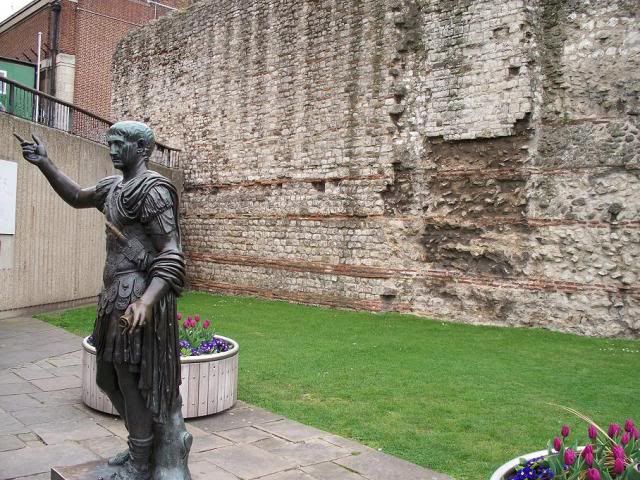
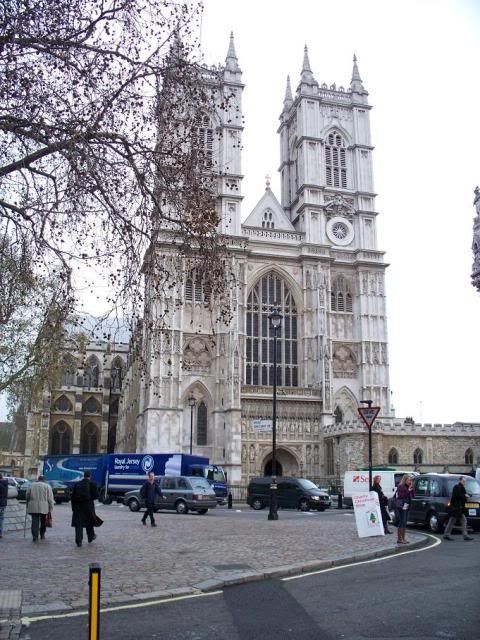
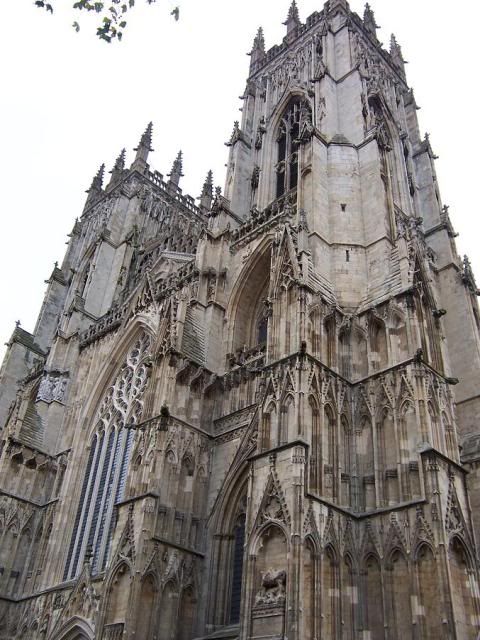
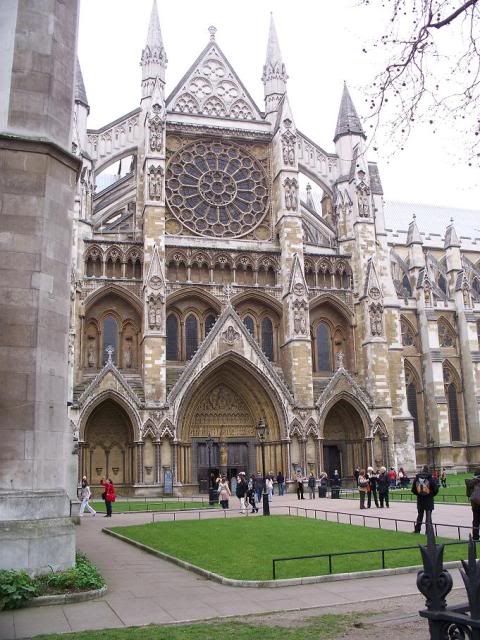

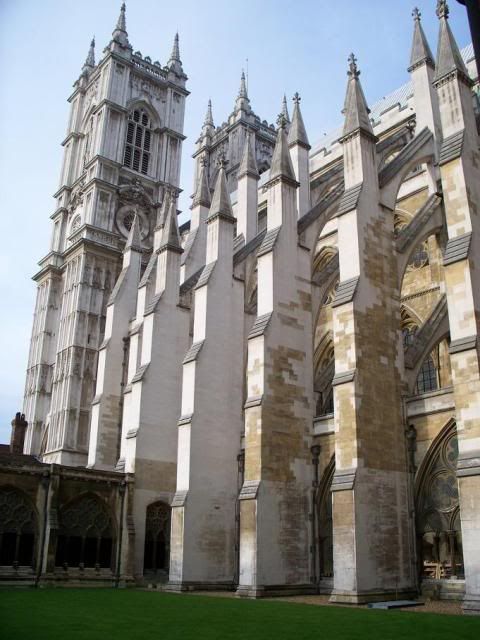
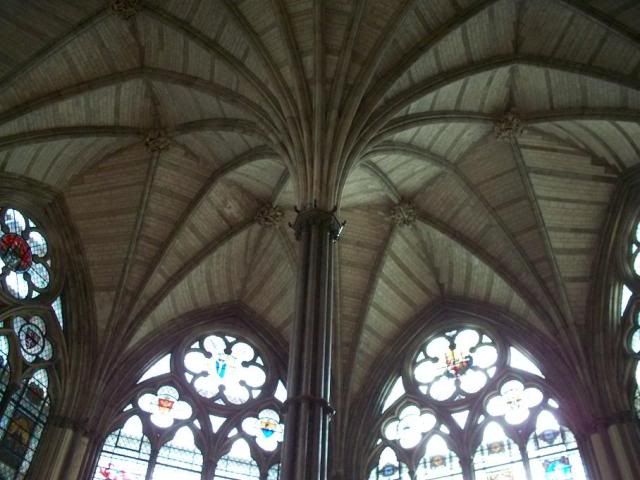

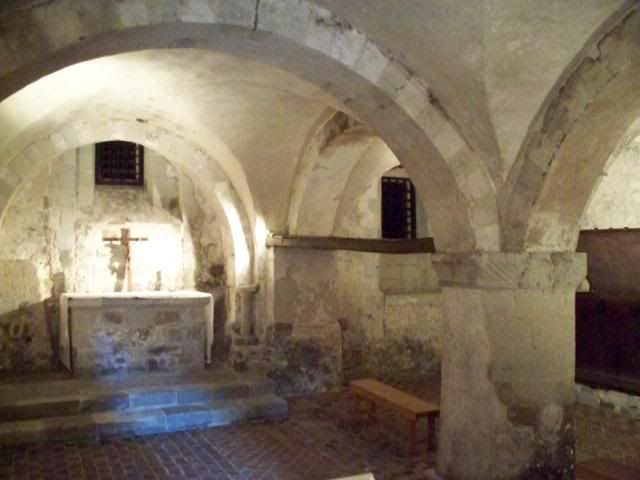

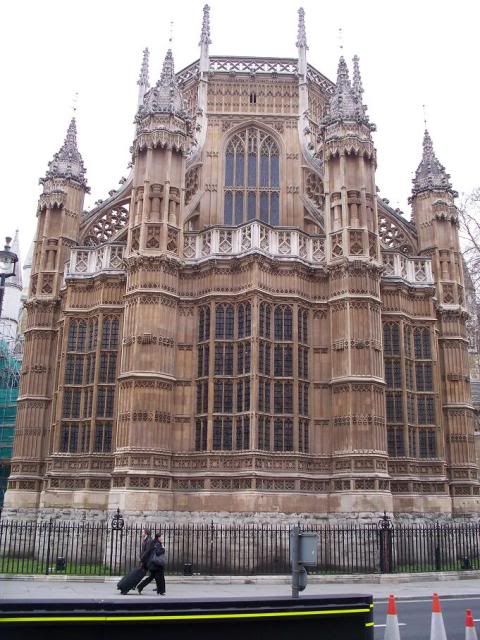
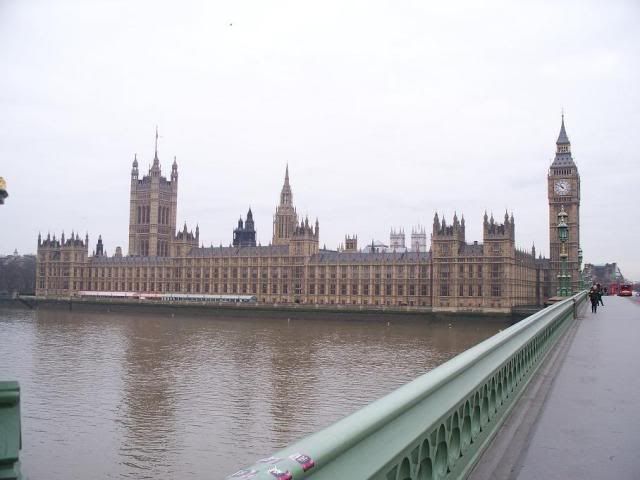
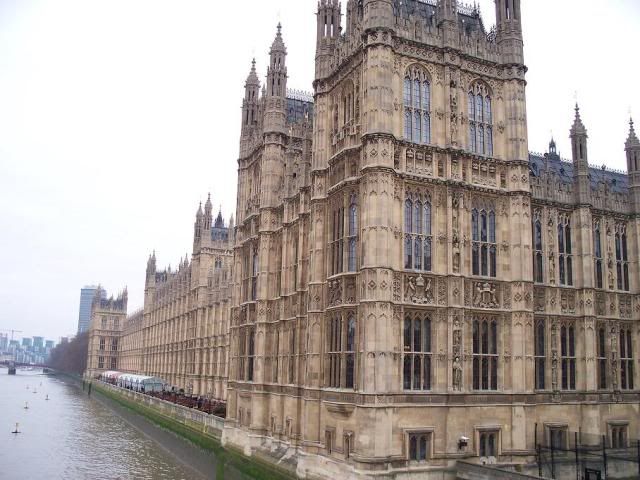
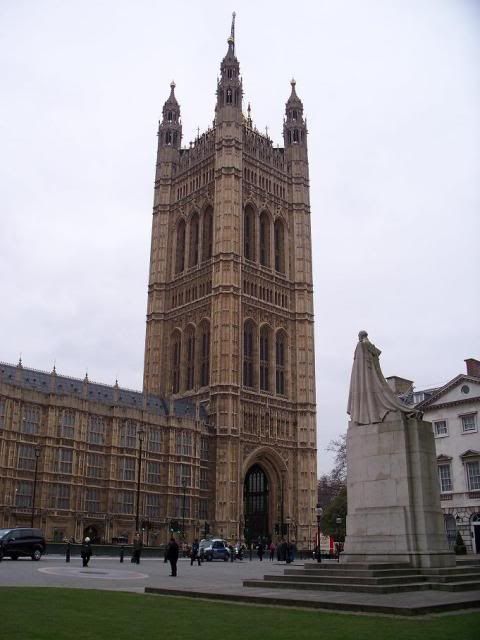
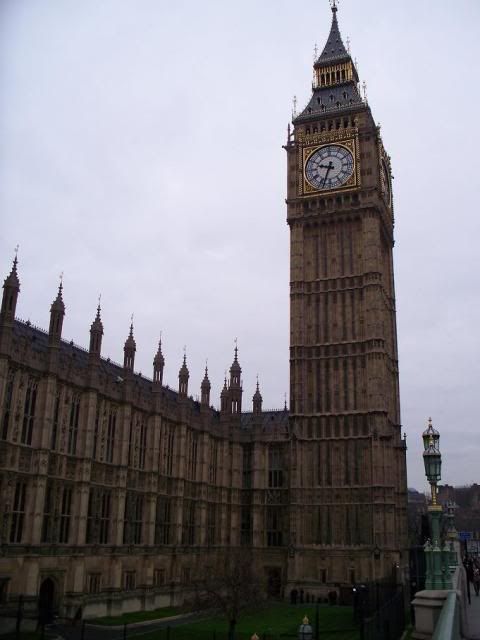
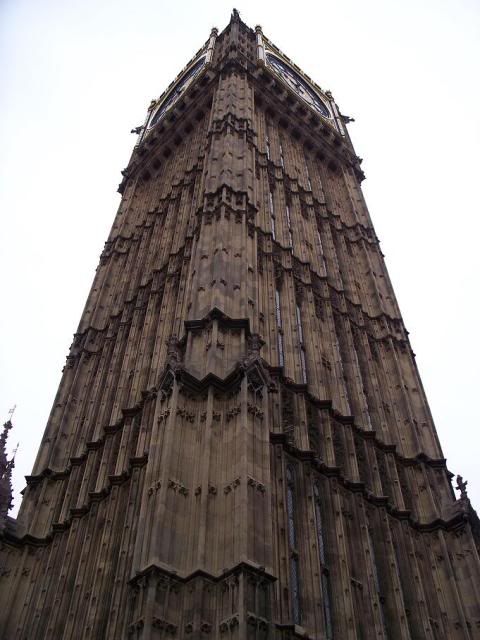


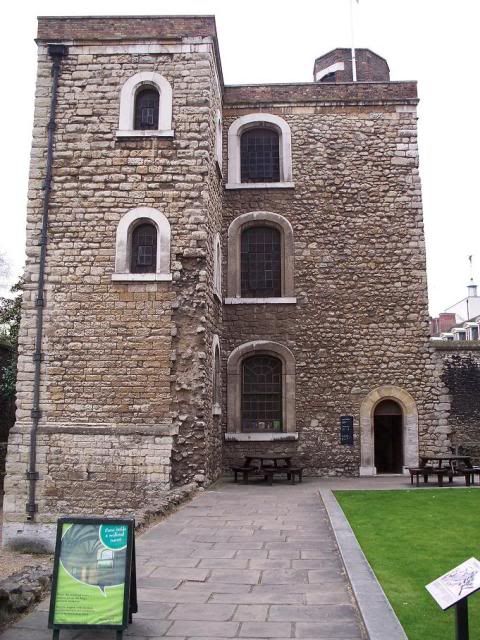
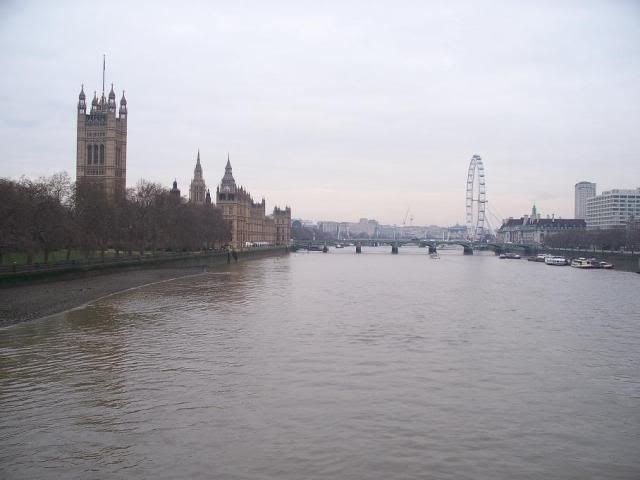


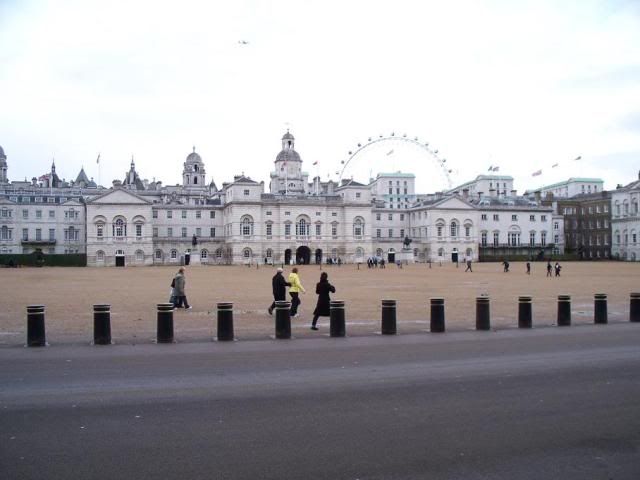
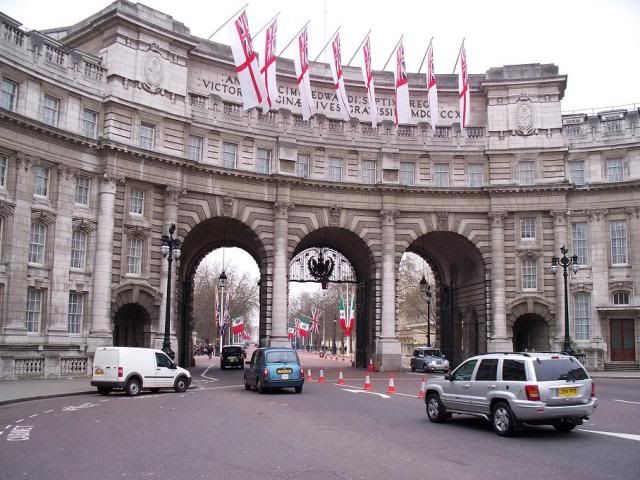


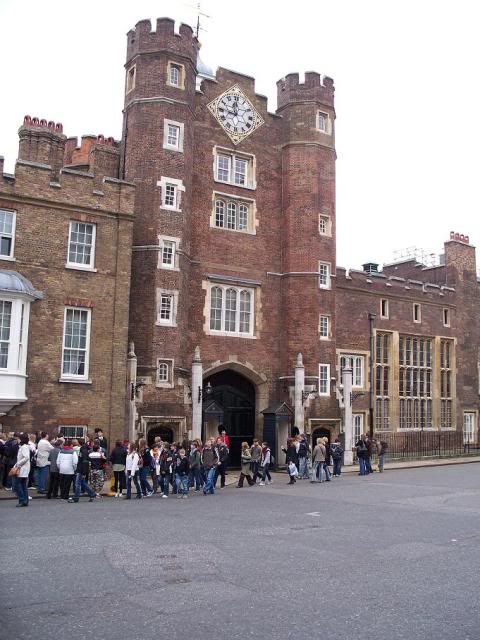


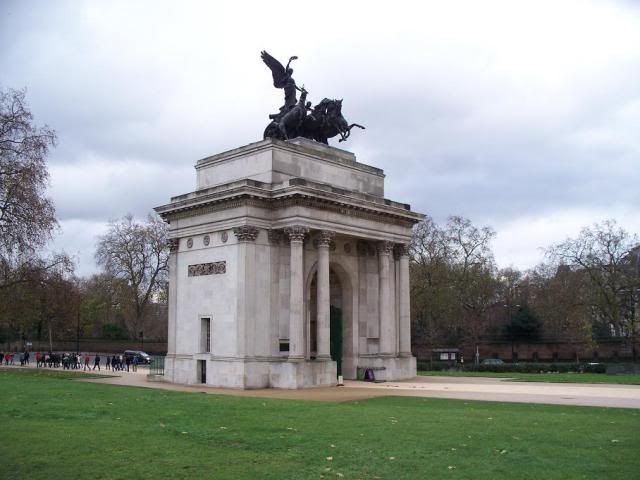
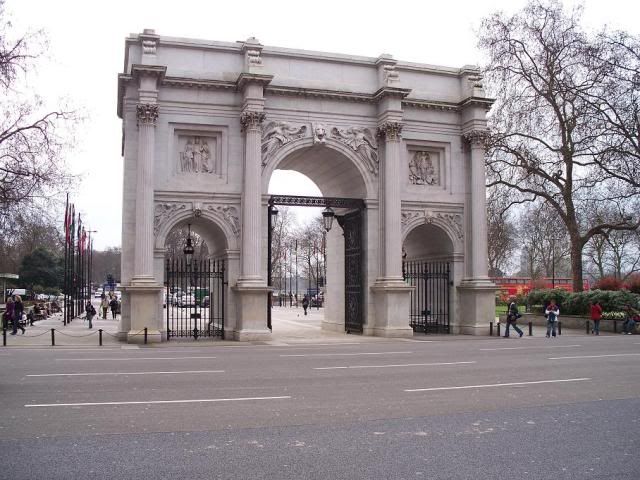
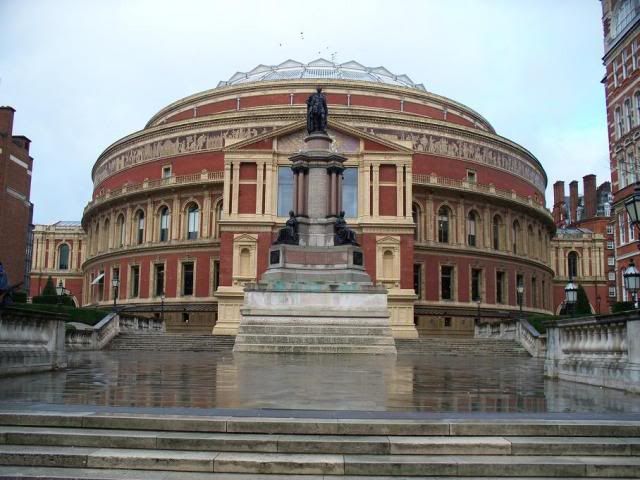
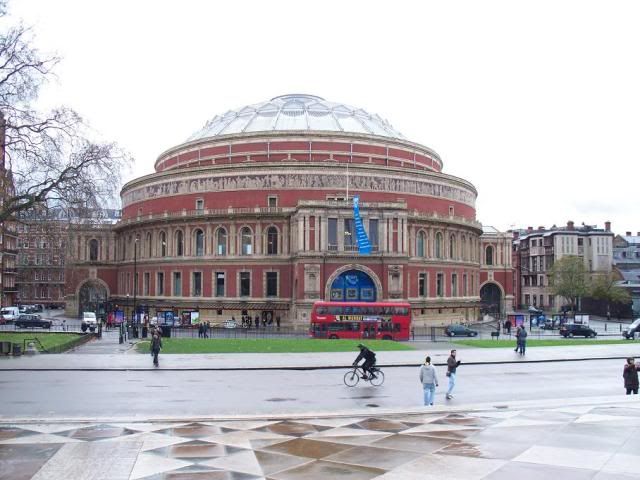

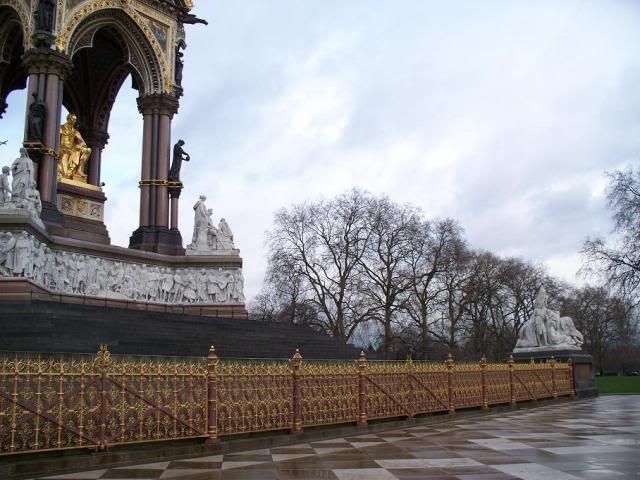













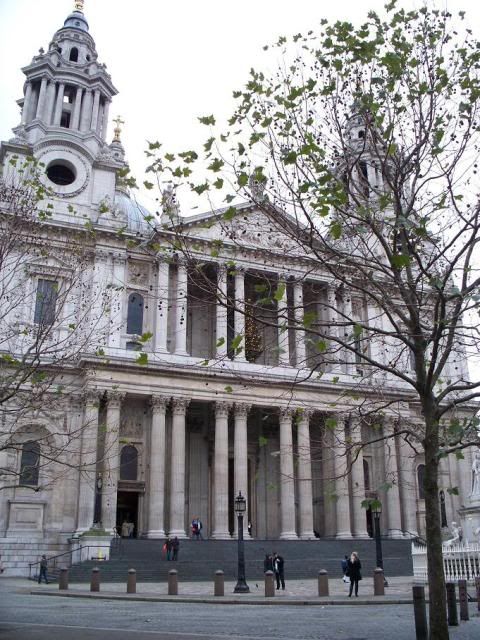
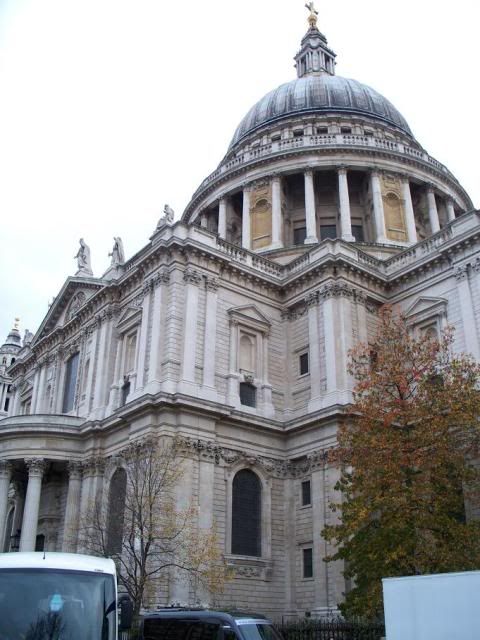
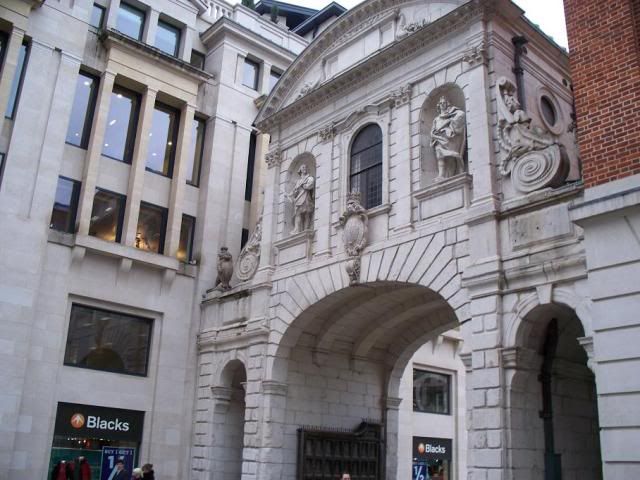

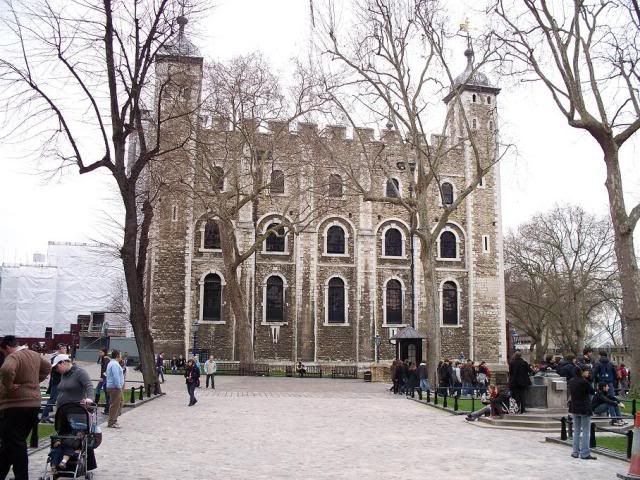
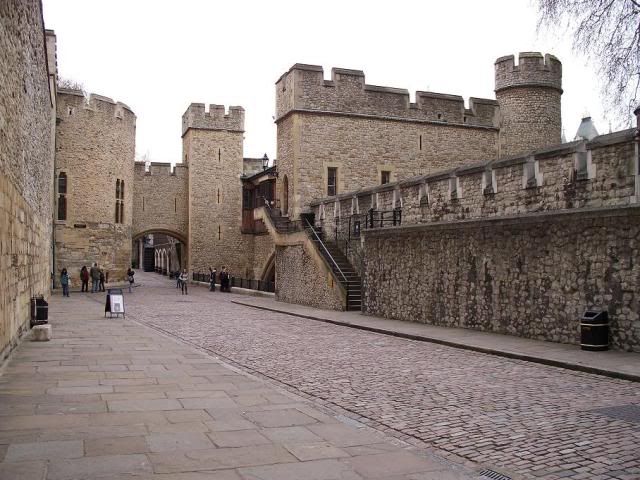
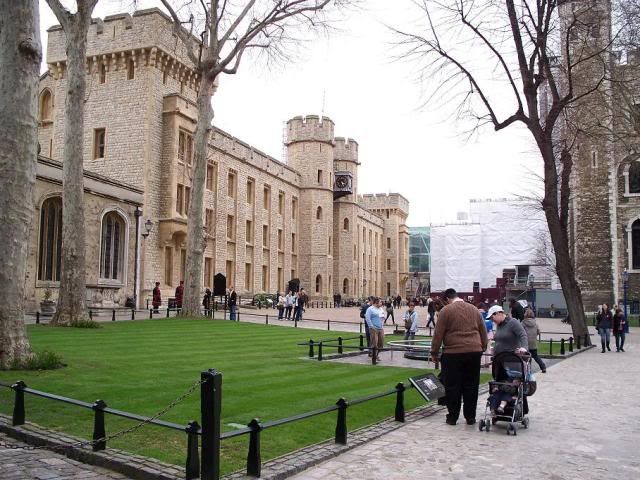
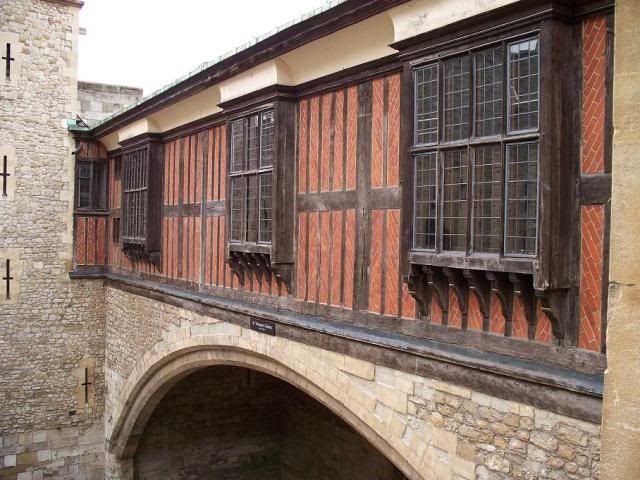
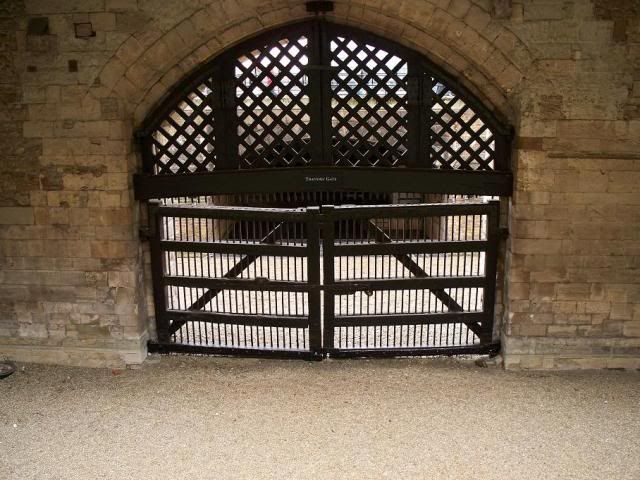
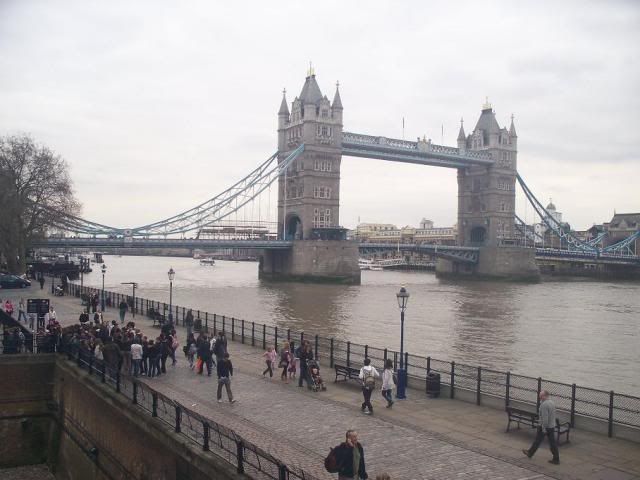
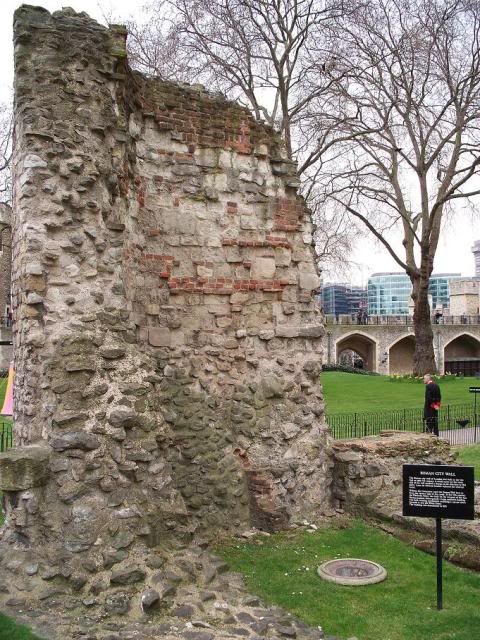
No comments:
Post a Comment